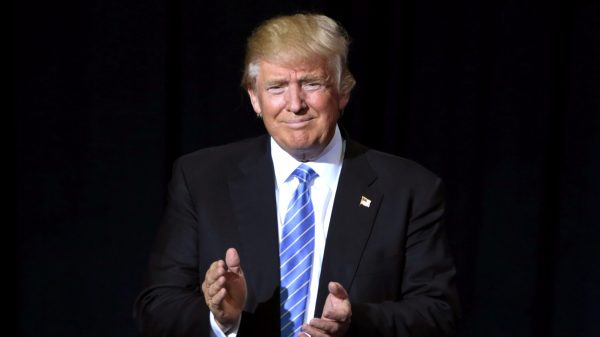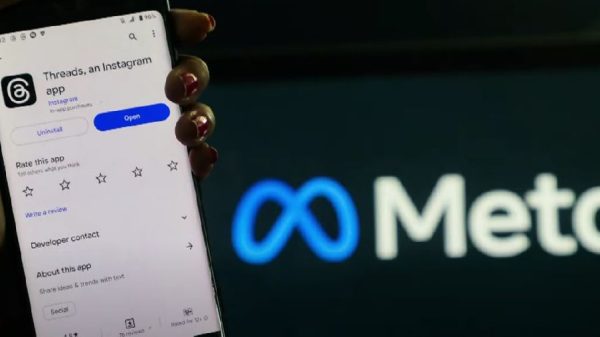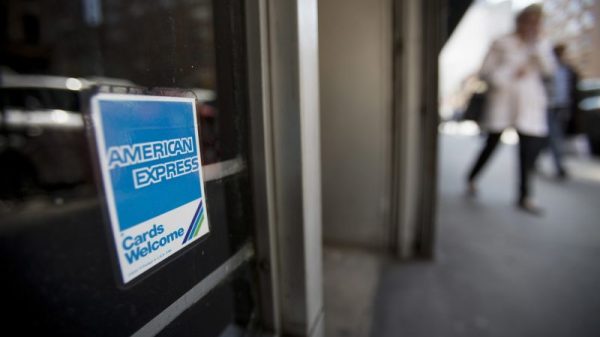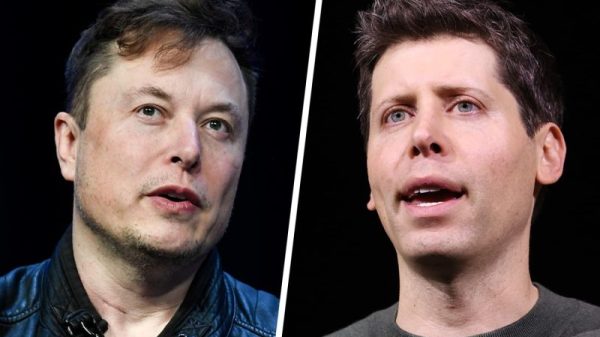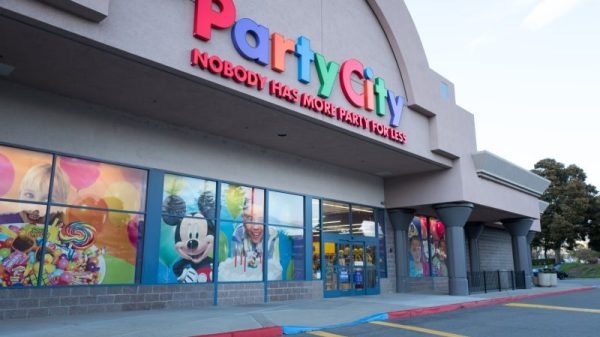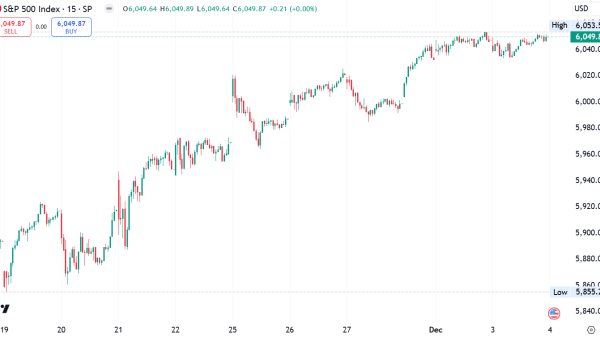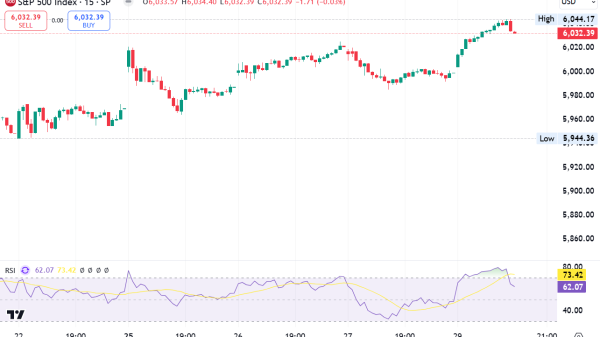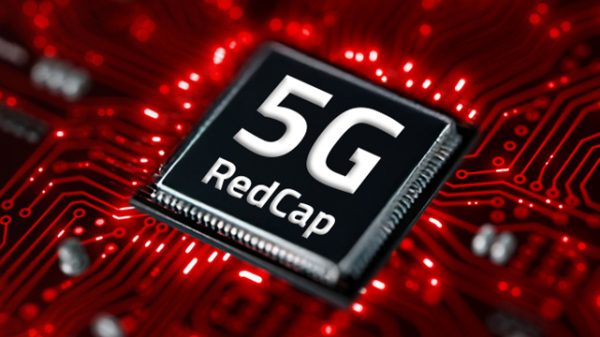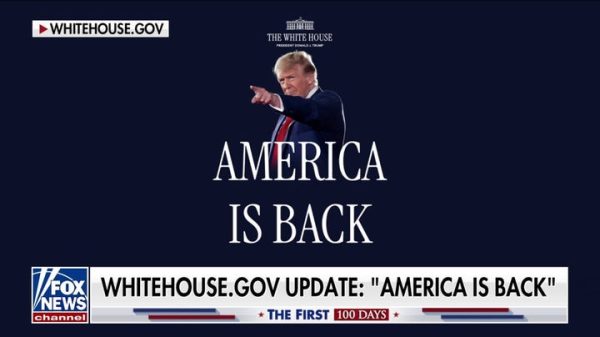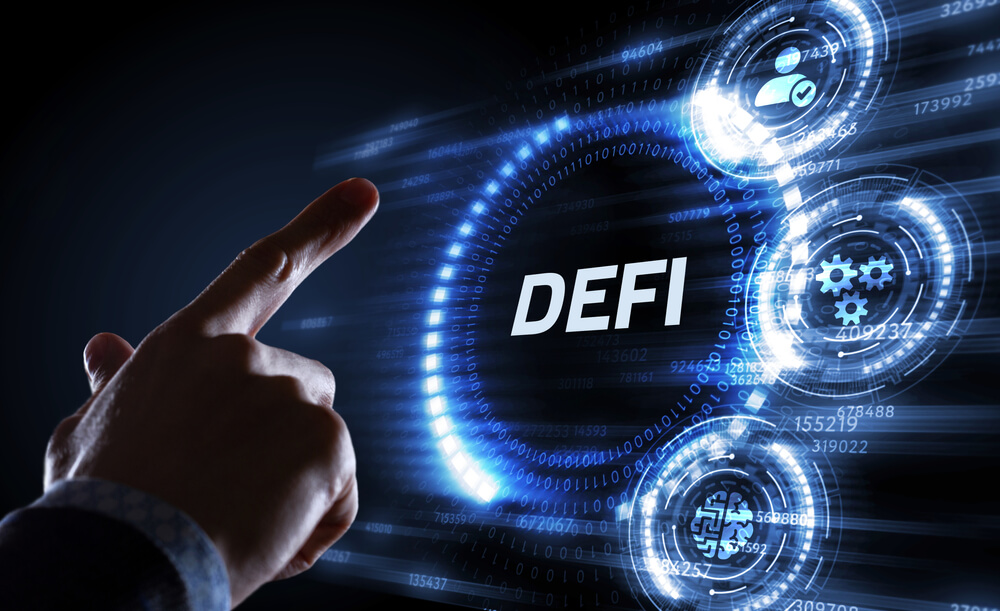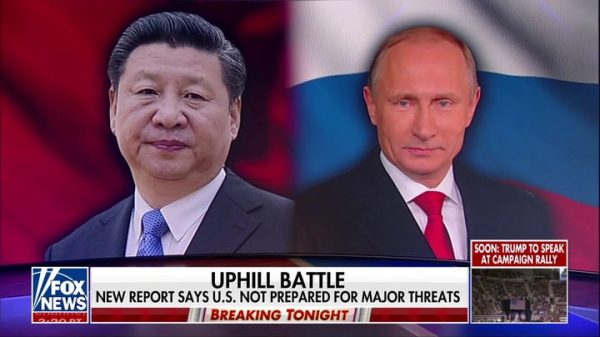What Is Decentralized Finance (DeFi)?
Decentralized finance (DeFi) represents a transformative shift in the financial sector, leveraging the power of secure distributed ledgers akin to those employed by cryptocurrencies. It challenges the traditional, centralized systems governed by entities like the U.S. Federal Reserve and the Securities and Exchange Commission (SEC), which define the rules for conventional financial institutions such as banks and brokerages. By enabling peer-to-peer transactions, DeFi is redefining access to financial services, empowering individuals to manage and transact their capital without the need for centralized intermediaries.
How Decentralized Finance (DeFi) Works
At its core, DeFi utilises peer-to-peer financial networks that encompass security protocols, connectivity, software, and hardware advancements to eliminate intermediaries like banks and financial service companies. These traditional entities typically charge fees for their services, acting as essential facilitators within the existing system. DeFi, on the other hand, employs blockchain technology to minimise these middlemen, thereby reducing costs and enhancing efficiency.
Blockchain: The Backbone of DeFi
Blockchain technology serves as the foundational element of DeFi by creating a secure, distributed database or ledger. In this system, automated processes record transactions in blocks and verify them. Once confirmed, the system encrypts, closes, and links a block to the next block. This next block contains information about the preceding block and new transactions. Consequently, this process creates a chain of transparent and immutable blocks. This means that once the system records information, it cannot be altered without affecting every subsequent block. Thus, the integrity of the entire blockchain is safeguarded.
Empowering Users Through Wallets and Private Keys
In the DeFi ecosystem, applications known as wallets play a crucial role. These wallets allow individuals to manage private keys—cryptographic tokens that act like digital passwords. These keys enable users to access their holdings and securely conduct transactions across the blockchain. Ownership of these digital assets is transferred seamlessly from one party to another without the need for a central authority, ensuring security and privacy.
Applications of DeFi
DeFi applications, installed on devices such as personal computers, tablets, or smartphones, provide a user-friendly interface that simplifies interactions with the blockchain. They allow individuals to engage in various financial activities, such as making loans, trading cryptocurrencies, or even gifting assets without the involvement of a third party. These applications are particularly crucial for less tech-savvy users who may not be familiar with using the command-line interfaces traditionally required for blockchain interactions.
Goals of Decentralized Finance
Accessibility: DeFi platforms are accessible to anyone with an internet connection, removing geographic barriers to financial services.
Low Fees and High-Interest Rates: By facilitating direct negotiations between parties, DeFi platforms help reduce transaction fees and potentially offer higher returns on investments such as loans and savings.
Security and Transparency: The use of smart contracts and the immutable nature of blockchains ensure that all transactions are secure and transparent, providing a trustworthy environment for financial exchanges.
Autonomy: DeFi reduces the reliance on centralized financial institutions, decreasing the costs associated with accessing financial services.
Popular Uses of Decentralized Finance
DeFi has expanded beyond its initial goal of providing basic financial services to underserved populations. Today, it encompasses a variety of sectors, including:
Decentralized Exchanges (DEXs): Platforms like Uniswap and PancakeSwap facilitate direct peer-to-peer exchanges of cryptocurrencies without the need for traditional brokers.
Lending and Yield Farming: Platforms that allow users to lend their cryptocurrencies, receiving interest payments in return. This process, often referred to as yield farming, can also involve participating in liquidity pools.
Gambling and Prediction Markets: DeFi has also penetrated areas like gambling and prediction markets, where users can bet on a wide range of outcomes using cryptocurrencies.
Non-Fungible Tokens (NFTs): Although the market has cooled, NFTs remain a popular avenue for investment and collection within the DeFi space.
Getting Involved in DeFi
Entering the DeFi space can seem daunting, but it begins with simple steps: researching and understanding the aspects of DeFi that interest you the most. Following this, selecting the right wallet and finding a reputable exchange are crucial steps. With these tools, anyone can begin experimenting with DeFi, buying cryptocurrencies, and engaging in a new, decentralized financial landscape.
Decentralized finance is not just a technological innovation. It’s a cultural shift towards more democratic and accessible financial systems, promising a future where financial services are more inclusive, equitable, and tailored to the individual user’s needs.
Concerns About DeFi
Decentralized finance (DeFi) is a rapidly evolving sector at the forefront of the financial technology revolution. However, its growth comes with significant concerns, primarily due to its unregulated nature and the technical vulnerabilities that plague its infrastructure. These issues raise questions about the long-term viability and security of investing in DeFi platforms.
Regulatory Challenges and Risks
One of the fundamental issues with DeFi is its operation outside traditional regulatory frameworks. National jurisdictions, each with its own rules and regulations, predominantly design laws governing financial transactions. DeFi’s global and borderless nature poses unique challenges:
Cross-Border Enforcement: Who is responsible for investigating and prosecuting financial crimes that span multiple countries and DeFi platforms?
Regulatory Oversight: In the absence of a centralized authority, who determines the rules of engagement for DeFi transactions?
Enforcement Mechanisms: How can regulations be enforced in a decentralized system that lacks a central point of control?
These questions highlight the need for an international dialogue on regulations that could address the complexities introduced by DeFi.
The Hype vs. Reality
DeFi is often surrounded by considerable hype, driven by the broader enthusiasm for blockchain and cryptocurrency technologies. This hype can inflate expectations and obscure the real risks involved in DeFi investments. For example, although there is a significant amount of money flowing through cryptocurrencies and DeFi platforms, they still represent a tiny fraction of global financial assets. In 2021, only 0.56% of all money was tied up in cryptocurrency and DeFi, indicating that most financial activities still occur within traditional systems.
This reality serves as a reminder that while DeFi may offer novel financial opportunities, it also requires a cautious approach due to its nascent and speculative nature.
Software Risks in DeFi
Bugs and Vulnerabilities
DeFi protocols operate as software applications on the internet, generally with minimal human oversight. Like all software, DeFi applications are susceptible to bugs and security vulnerabilities that hackers can exploit. Instances such as a bug in the Alchemix lending protocol, which allowed borrowers to reclaim loan collateral worth over $6 million without repaying their loans, underscore the potential financial dangers of such vulnerabilities.
Historical Precedents
Many well-known DeFi protocols, including Yearn Finance and Pickle Finance, have suffered from security breaches where hackers exploited software flaws to steal significant amounts of funds. Although some platforms chose to reimburse affected users, they were under no obligation to do so, and such reparations were not always immediate.
The Future of Finance in the Age of DeFi
Disruption in the world of finance is relentless, driven by the swift pace of technological innovation. The traditionally conservative financial sector is now compelled to adapt and evolve rapidly. Blockchain technology, once viewed with scepticism by major banks, now sees these same institutions investing heavily in crypto and related technologies. Similarly, Decentralized Finance (DeFi) is making a strong case for integration into the traditional banking system.
A Case Study in Integration: ING Bank and DeFi
ING Bank in the Netherlands exemplifies the potential for synergy between traditional banking and DeFi. Through its comprehensive analysis detailed in the report, “Lessons Learned from Decentralized Finance,” ING has begun to acknowledge the enduring presence of DeFi. The report suggests that the optimal financial ecosystem could emerge from a collaborative relationship between centralized and decentralized financial services. This approach could harness the strengths of both worlds, maximizing efficiency and innovation.
The Blueprint for Cooperation
Innovation and Regulation
For successful integration, centralized financial institutions need to abandon their risk-averse stance and champion innovation. This involves playing a proactive role in shaping the regulations governing DeFi to ensure its advantages—such as transparency and inclusivity—are not lost. Banks must become advocates for change, facilitating a regulatory environment that nurtures the growth of DeFi while ensuring consumer protection and systemic stability.
Expanding Access
Another vital area of cooperation lies in bridging the access gap in financial services. Traditional banks can leverage DeFi solutions to provide underserved communities, like the unbanked and underbanked, with better access to financial services. This approach could significantly narrow the financial gap faced by Micro, Small, and Medium Enterprises (MSMEs), catalyzing economic growth and development in less-served regions.
Technological Convergence
Incorporating blockchain’s underlying principles into the global financial architecture could revolutionize banking operations. It also includes expediting international transactions and simplifying lending processes. This integration promises to make financial services more efficient, accessible, and user-friendly, turning the promise of blockchain into tangible benefits for everyday banking customers.
A Future-Proofing Opportunity
The shift towards a customer-centric model in banking is inevitable as the consumer profile evolves. Financial institutions must prioritize flexibility, personalization, and simplicity in their service offerings. Pioneers such as Morgan Stanley and Goldman Sachs are already setting the stage for a modern. An integrated financial ecosystem that resonates with today’s tech-savvy consumers.
DeFi is not just a challenge to the status quo. It is a significant opportunity for traditional banking to future-proof itself against the tides of technological change. By embracing DeFi, legacy banks can transform potential disruptions into powerful tools for innovation and growth, ensuring they remain relevant in a rapidly evolving financial landscape. Instead of resisting change, the future of finance could depend on the harmonious blend of tradition and innovation. It is bringing the best of both worlds into the fold.
Mitigating Software Risk
Investors can mitigate software risks by preferring DeFi protocols with higher deposits and longer operational histories. Established protocols are more likely to have undergone thorough testing and security audits, reducing the likelihood of undiscovered vulnerabilities. Additionally, these platforms are more likely to have robust security measures in place, given their exposure to frequent and sophisticated cyber attacks.
Counterparty Risk in DeFi Lending
Understanding Counterparty Risk
Every loan agreement, whether inside or outside the DeFi ecosystem, carries counterparty risk. This is the risk that the borrower will default on their obligations. In DeFi, borrowers manage this risk, though they do not eliminate it. They do this by depositing collateral that exceeds the value of the loan they receive. This process is known as over-collateralization.
Assessing Lending Protocols
Before investing in a DeFi lending protocol, it is crucial to understand:
Borrower Profiles: Who borrows your money—are they individuals or institutions?
Collateral Requirements: What type of and how much collateral must borrowers provide?
Liquidation Policies: Under what circumstances is the collateral liquidated to cover defaults?
Investors should also review the protocol’s historical performance during market downturns to assess how well it manages collateral and responds to defaults.
DeFi presents groundbreaking opportunities for innovation in finance. However, it also carries significant risks that should not be underestimated. Potential investors should conduct thorough research and consider the maturity and security of the platform. Also, stay informed about the ongoing regulatory developments affecting the DeFi space. By taking these steps, investors can better navigate the complexities and risks of decentralized finance.
The post What Is Decentralized Finance (DeFi)? appeared first on FinanceBrokerage.


